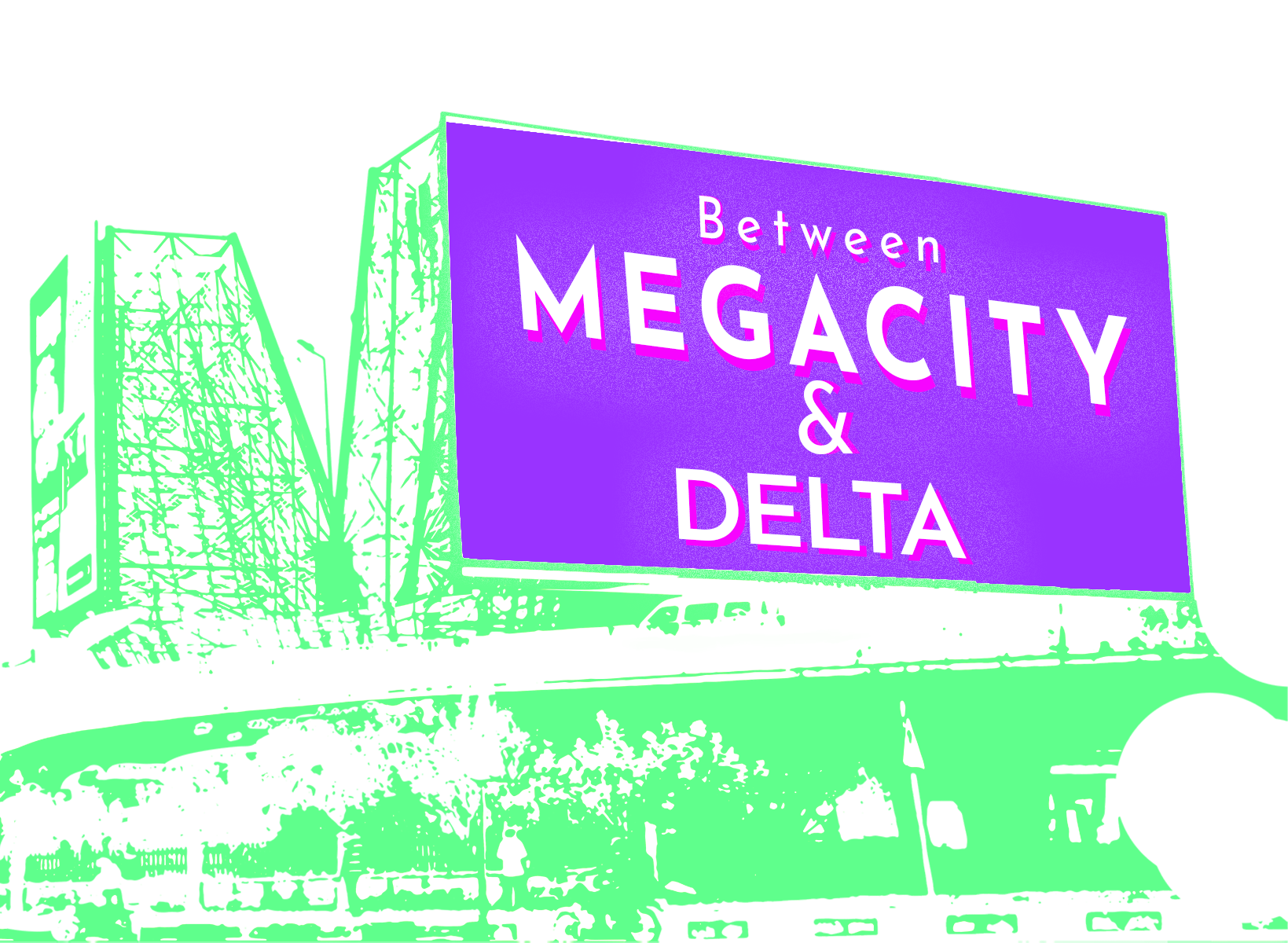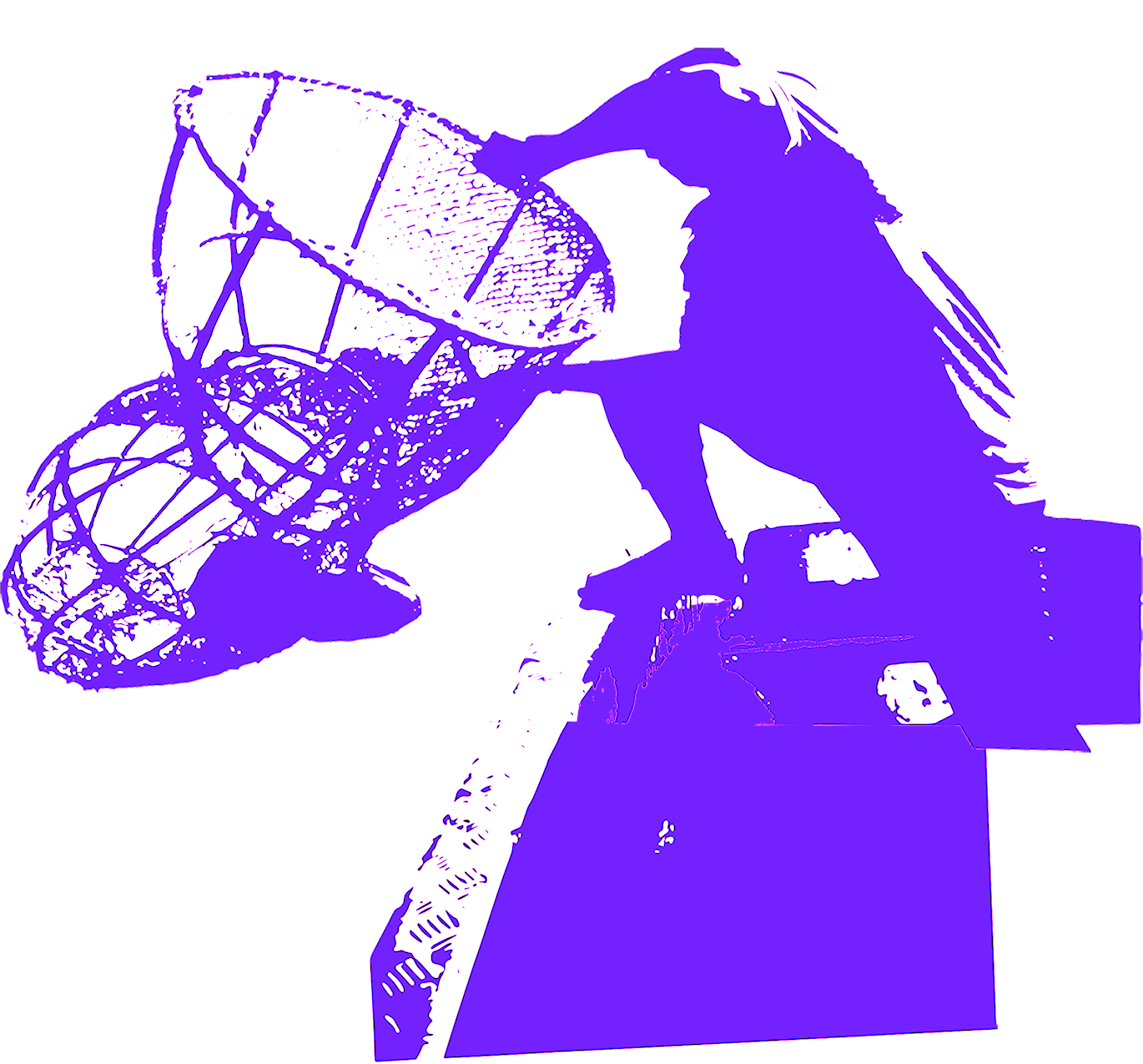Contemplating the role of indigeneity in the future of West Africa's urban transition, Dele Adeyemo takes us on a journey from the megacity of Lagos into the Niger Delta exploring their interrelated histories.
"I’ve long been drawn to visit the Niger Delta.
As a Nigerian whose heritage derives from the Southwest… Looking at the map of Nigeria’s Southeast… Seeing the strangeness of the delta’s enormous protrusion into the Atlantic Ocean…Trying to thread the path of its innumerable rivers and losing my way.
Despite being less than an hour’s flight from Lagos, the delta has always felt a distance beyond reach."
My journey to the Niger Delta, which this project documents, was born from a desire to understand how life beyond Lagos influences conditions in the city. Like the Niger Delta, Africa’s most populous city, the megacity of Lagos, has often been pathologized as dangerous and poverty-stricken. It has become the preeminent example of the chaotic African metropolis that is plagued by ongoing crises of underdevelopment, poor infrastructure, and overpopulation. Both the Niger Delta and Lagos are geographies characterized by narratives of catastrophe. Yet most commentaries on the two fail to recognize that they are interrelated. Few have understood how the delta’s exploitation is linked to the rapid expansion of the megacity. An exception to this was the writer and environmental activist Ken Saro-Wiwa, who explained the interrelation as follows:
“The population of Lagos had exploded once oil money from the delta had been cornered by the nation’s rulers and transferred to Lagos from hapless communities like Ogoni and the Ijaws who were too few to defend their inheritance.”[1]
If urban areas such as Lagos have been flooded with dispossessed populations from rural areas like the Niger Delta, then surely these people must inform the character of the city. Existing irrespective of the urban development narratives and approaches of capital that write them off, everyday indigenous practices and their spatial dimensions constitute vectors of migration and urbanization foundational to the megacity. How might contemporary urban cultures be connected to a deeper inheritance of indigenous spatial imaginaries? And how might urban futurities be transformed if indigenous spatial practices, which are entangled with spiritual, ecological, and infrastructural lifeworlds, are recognized as central to the emergence of the megacity and survival in it? Narratives of catastrophe associated with Lagos’s rapid expansion tend to overlook the significance of modern indigenous practices that connect urban environments to rural locations like the delta and make life livable in otherwise impossible conditions. In fact, capitalist development strategies, which mobilize crisis narratives like housing shortages as their justification, often interrupt such everyday practices, intensifying the crisis of urban inequality in the name of development.
[1] Ken Saro-Wiwa (with William Boyd). A Month and a Day: A Detention Diary. Penguin Books, 1995. 33.
Introduction
The Journey: Tracing Indigenous Practices along the River Niger
Before departing from the Police HQ in Yenagoa Bayelsa State, in the company of three armed guards, to rendezvous with our boat, the Chief of the Anti-Piracy Mobile Police unit gathered us to pray. Head bowed and in a soft but serious voice, he asked God to return us safely from the delta. At that moment, the reality dawned that this was not a typical field trip; any lingering myths I held of being an objective observer, removed from the surrounding environment, were washed away by the solemn note of our departure.
Beginning as strangers to one another, our crew is made up of four separate groups, each with its own distinct job – myself and Warebi as the researchers; Amatari, the boat driver, and Mandela, his boat hand; Emmanuel, Henry, and Joseph, our three armed police guards; and Perembiri, our local guide and master fisherman. Setting out with the trepidation and excitement that surrounds the unknown, we make for unlikely travel companions on one small vessel on the River Niger.
Immersed in the thick delta heat and the beauty of the riverine setting, the differences between us soften, and our apprehensions subside with the passing hours. The warm welcome we receive from the communities we encounter in towns and small homesteads along the way, where Warebi, Perembiri, and the policemen banter with their kinsfolk in the local language of Ijaw, turns our crew into the informal agents of a journey of cultural exchange.
My journey into the Niger Delta began when I left Lagos for Port Harcourt, the capital of Rivers State in South Nigeria, to meet with Warebi Brisibe, an architect and native of the region who coordinated our arrangements to visit the delta’s creeks. But the journey began in earnest the day we set off by boat down the delta’s waters.
Accompanying Between Megacity and Delta is a short didactic film titled Oil Pipelines to Sand Islands (16mins). The short film foregrounds the struggles of the Ogoni people in the Niger Delta against the violence and damage wrought by oil extraction. By weaving between archival footage from the documentary In-Remembrance - Ken Saro-Wiwa (1996) by Glenn Ellis and Kay Bishop and contemporary footage from the masterplanned Eko Atlantic City development in Lagos, the film demonstrates the pervasive paradoxes inherent in salient notions of development. In highlighting how the pipelines that pump sand, which is dredged off the coast of Lagos to build Eko Atlantic City’s infrastructural foundations, are fueled by pipelines extracting oil from land expropriated from indigenous communities in the Niger Delta, the film reveals the relationship between violent capitalist extraction and development, and ultimately, the colonial nature of development in this context.
For the online exhibition Reclaiming Futures, a series of excerpts from Between Megacity and Delta are presented that offers glimpses into different scenes in the geography between Lagos and the Niger Delta, while Oil Pipelines to Sand Islands, which can be seen in its entirety, provides historic context.
As the project aims to show, in spite of their entanglement with contemporary environmental and social conditions, indigenous traditions, such as migrant fishing, constitute pathways to alternative indigenous modernities. Unlike the futuristic corporate fantasies of the rich that employ catastrophic narratives to justify and organize urban development, indigenous modernities produce a sense of futurity that centers an anti-catastrophic relation to nature in its conception of design.
Through an audiovisual journal unfolding across two films that unpackthe contradictions of catastrophe-driven development, the project asks: What conditions of possibility come into view when we eschew the teleology of hegemonic narratives of urban development and progress?
The Filmworks: Catastrophic Development and Anti-Catastrophic Indigenous Modernities
The centerpiece of the project that grew out of this trip is the film Between Megacity and Delta (72mins), an expansive document of the three-day journey we undertook traveling along distributary rivers that branch off from the Niger River – the Nun, Focados, and Ramos – towards the Atlantic Ocean. By following migrant fishing in the delta and other indigenous practices like logging and house building, the film traces the networks that shape life within and between the delta and the megacity to highlight the lifeworlds situated in and beyond catastrophe.
Dele Adeyemo is a Scottish / Nigerian artist, architect, and critical urban theorist based in London and Lagos.





































